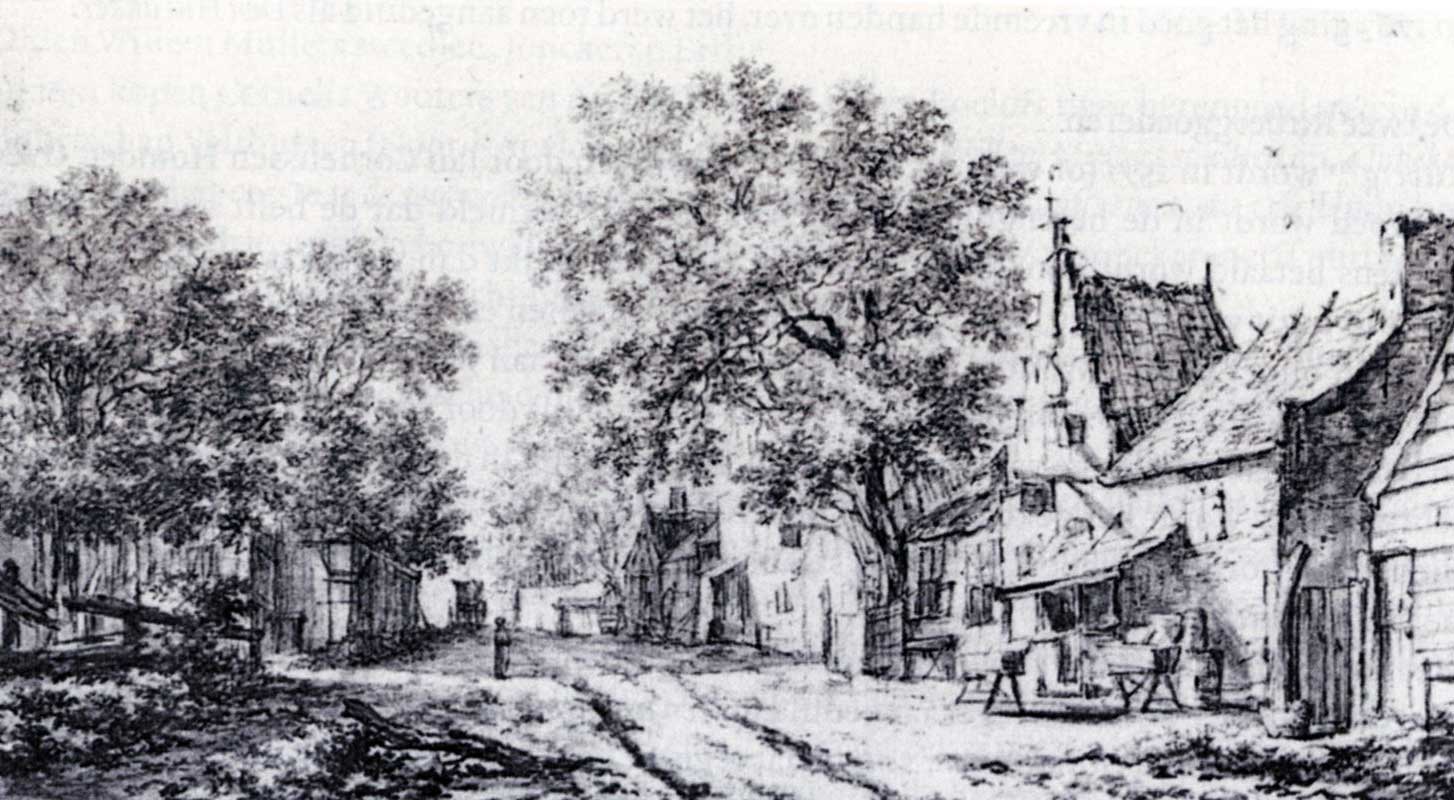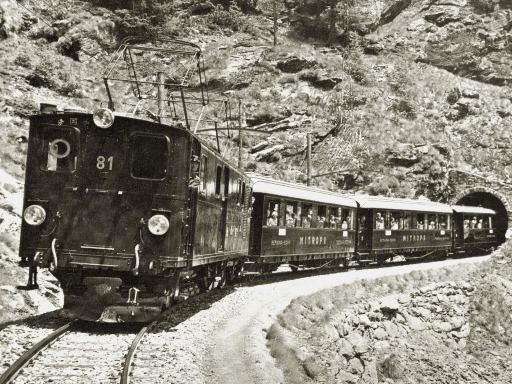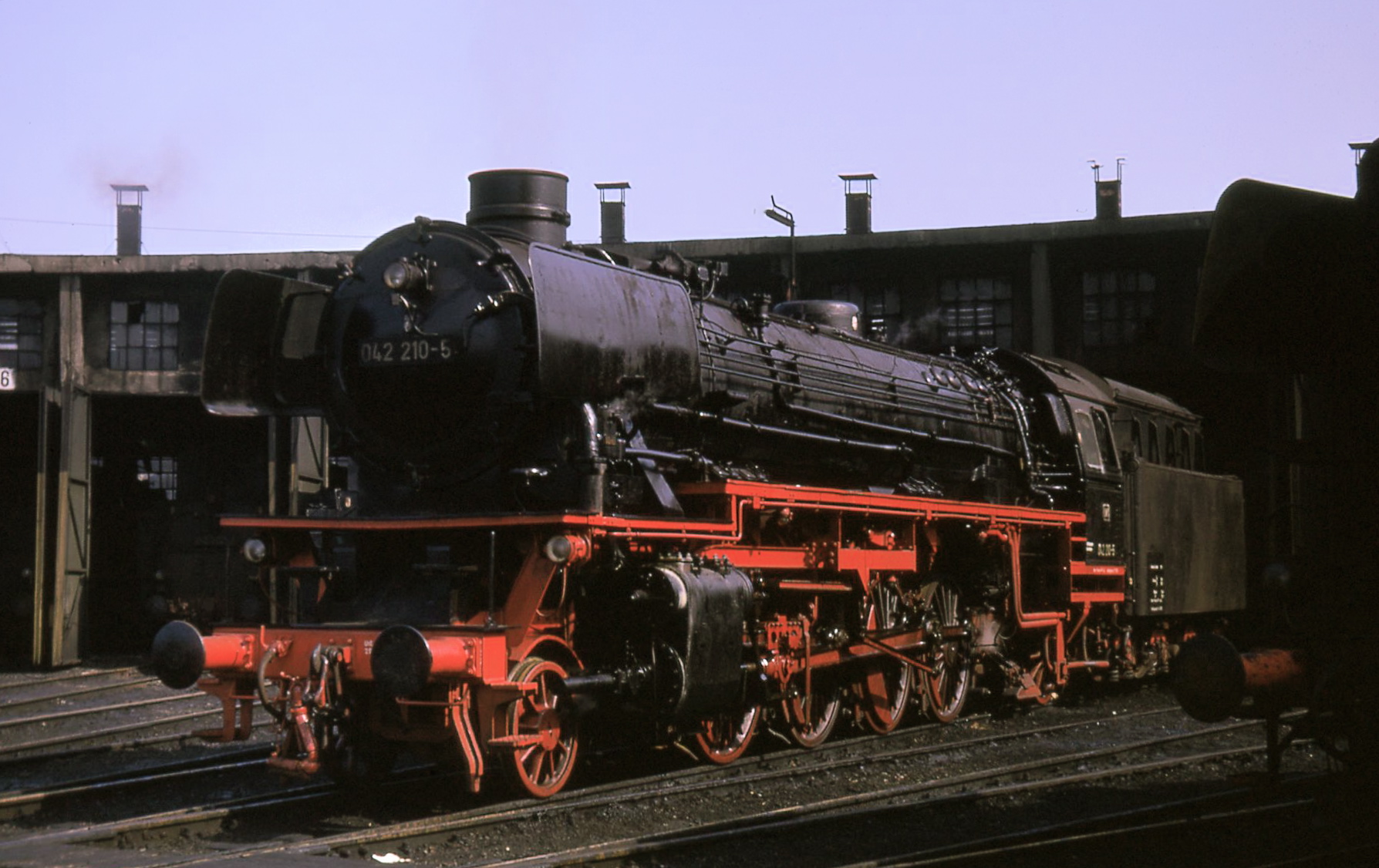|
Veluwsche Stoomtrein Maatschappij
Veluwse Stoomtrein Maatschappij () (VSM) is a Dutch heritage railway between Apeldoorn and Dieren. It passes through the villages of Lieren/Beekbergen, Loenen, and Eerbeek. Rides on steam trains are popular with tourists visiting the region, and that is why VSM operates mainly during the summer vacation. VSM, founded in 1975, is operated by volunteers. In March 2011 one of the individuals who possessed a number of locomotives decided to sell his collection. This could have meant that VSM would lose some of the biggest and most popular locomotives in their collection. VSM decided to buy the whole collection in order to keep for future generations. Back to Then Each year, on the first weekend of September, the "Back to Then" (Dutch: ''Terug naar Toen'') event is held, using everything that will run. Usually a number of guest locomotives appear as well. The last run on Saturday used to be the highlight of the event until 2007, originating in Apeldoorn. The train was pushed and pull ... [...More Info...] [...Related Items...] OR: [Wikipedia] [Google] [Baidu] |
Apeldoorn
Apeldoorn (; Dutch Low Saxon: ) is a municipality and city in the province of Gelderland in the centre of the Netherlands. It is located about 60 km east of Utrecht, 60 km west of Enschede, 25 km north of Arnhem and 35 km south of Zwolle. The municipality of Apeldoorn, including villages like Beekbergen, Loenen (Apeldoorn), Loenen, Ugchelen and Hoenderloo, had a population of 165,525 on 1 December 2021. The western half of the municipality lies on the Veluwe ridge, with the eastern half in the IJssel valley. The city of Apeldoorn The oldest known reference to Apeldoorn, then called Appoldro, dates from the 8th century. The settlement came into being at the point where the old road from Amersfoort to Deventer crossed that from Arnhem to Zwolle. A 1740 map refers to it as A''pp''eldoorn.Stenvert, R. et al. (2000). ''Monumenten in Nederland: Gelderland'', p. 14 and 68–77. Zwolle: Waanders Uitgevers. Close by is the favourite country-seat of the royal family of the Ne ... [...More Info...] [...Related Items...] OR: [Wikipedia] [Google] [Baidu] |
Railway Companies Of The Netherlands
Rail transport (also known as train transport) is a means of transport that transfers passengers and goods on wheeled vehicles running on rails, which are incorporated in tracks. In contrast to road transport, where the vehicles run on a prepared flat surface, rail vehicles (rolling stock) are directionally guided by the tracks on which they run. Tracks usually consist of steel rails, installed on sleepers (ties) set in ballast, on which the rolling stock, usually fitted with metal wheels, moves. Other variations are also possible, such as "slab track", in which the rails are fastened to a concrete foundation resting on a prepared subsurface. Rolling stock in a rail transport system generally encounters lower frictional resistance than rubber-tyred road vehicles, so passenger and freight cars (carriages and wagons) can be coupled into longer trains. The operation is carried out by a railway company, providing transport between train stations or freight customer facilit ... [...More Info...] [...Related Items...] OR: [Wikipedia] [Google] [Baidu] |
Mitropa
Mitropa was a catering company best known for having managed sleeping car, sleeping and dining cars of different German railways for most of the 20th century. Founded in 1916, the name "Mitropa" is an abbreviation of ''Mitteleuropa'' (German language, German for Central Europe). The railway carriages displayed a distinct burgundy-red livery with the Mitropa logo. Since a 2002 reorganization, when the onboard catering branch was taken over by Deutsche Bahn, DB DB Fernverkehr, Fernverkehr, the company only provided stationary food services for rail and road customers. The remaining business was sold to Compass Group in 2004 and merged into the SSP Group, Select Service Partner (SSP) subsidiary in 2006. History The company was founded during World War I on 24 November 1916, as ' (German language, German for ''Central European Sleeping and Dining Cars Incorporated''). Its founders included different railway companies of the Central Powers, i.e. German Empire, Germany and Austria-Hun ... [...More Info...] [...Related Items...] OR: [Wikipedia] [Google] [Baidu] |
NS Class 600
The NS Class 600 were a class of 65 shunting locomotives built by English Electric in England between 1950–1957 for Nederlandse Spoorwegen (NS). The first 10 were built at Dick, Kerr & Co, Preston and the remaining 55 at Vulcan Foundry, Newton-le-Willows. They are very similar to the British Rail Class 11. Twenty-three locomotives were later fitted with radio remote-control, and renumbered in the range 671–693.British built shunters return to UK soil ''Railways Illustrated'' issue 35 January 2006 page 44 In 2013 there are still two locomotives active daily in The Netherlands. One is active for Railpro in Crailoo and the other is active for LOCON Benelux in Apeldoorn. Class 500 There was also the similar NS Class 500. The difference between the two classes is that Class 600 has a "6KT" diesel engine of and a Knorr braking system for train use, a Class 500 has a "6K" diesel engine of and only an engine brake. The first ten locomotives of the class 500 were built for the ... [...More Info...] [...Related Items...] OR: [Wikipedia] [Google] [Baidu] |
NS Class 200
The Nederlandse Spoorwegen (NS) Class 200 diesel locomotives were built for shunting duties. 169 of these small locomotives, numbered 201–369, were built by Werkspoor from 1934–1951. They were known as "Sikken" (Sik in singular, goats) by rail enthusiasts and "locomotor" by railway staff. Fifteen of these locomotives were rebuilt with a retractable crane. Many are preserved; regular service has stopped a few years ago. There is a well-known and accurate H0 scale model offered in various liveries by Roco. The design and operation was based on the simplest of things, which in effect made them very reliable. The locomotive was operated by design from the outside (side of engine) and wasn't equipped with a dead man device to stop the locomotive automatically in case of incapacity of the operator. There were two manual brakes: a handle and a foot brake. As the handle could be moved by in-train forces while dead-heading it was required to be fixed by a nut and bolt. Upon taki ... [...More Info...] [...Related Items...] OR: [Wikipedia] [Google] [Baidu] |
Nederlandse Spoorwegen
Nederlandse Spoorwegen (NS; ; en, "Dutch Railways") is the principal passenger railway operator in the Netherlands. It is a Dutch state-owned company founded in 1938. The Dutch rail network is one of the busiest in the European Union, and the third busiest in the world after Switzerland and Japan. The rail infrastructure is maintained by network manager ProRail, which was split off from NS in 2003. Freight services, formerly operated by NS Cargo, merged with DB Schenker in 2000. NS runs 4,800 scheduled domestic trains a day, serving 1.1 million passengers. The NS also provides international rail services from the Netherlands to other European destinations and carries out concessions on some foreign rail markets through its subsidiary Abellio. History Early years World War I caused an economic downturn in the Netherlands that caused the two largest Dutch railway companies, Hollandsche IJzeren Spoorweg-Maatschappij (HSM) and Maatschappij tot Exploitatie van Staatsspo ... [...More Info...] [...Related Items...] OR: [Wikipedia] [Google] [Baidu] |
PKP Class TKp
PKP may stand for: Organizations * Partido Komunista ng Pilipinas-1930, original Filipino communist party * Partido Komunista ng Pilipinas, underground Filipino Maoist party * Phi Kappa Phi, oldest all-discipline honor society in the United States * Phi Kappa Psi, American social fraternity * Pi Kappa Phi, U.S. social fraternity * Polish State Railways (Polish: ''Polskie Koleje Państwowe''), railway operator * Political Consultative Committee (Polish: ''Polityczny Komitet Porozumiewawczy''), a World War II Polish political organization * Polish Auxiliary Corps (Polish: ''Polski Korpus Posiłkowy''), a 1916–1918 Polish military formation in the Austro-Hungarian Army * Public Knowledge Project, non-profit research initiative Objects * PKP "Pecheneg", Russian machine gun * Purple-K, fire-extinguishing agent Other * Pierre Karl Péladeau, former leader of the Parti Québécois and largest shareholder in Quebecor Inc. * HTTP Public Key Pinning, security feature *''Pyaar Ka Punc ... [...More Info...] [...Related Items...] OR: [Wikipedia] [Google] [Baidu] |
DRB Class 41
The German Class 41 steam locomotives were standard goods train engines ('' Einheitslokomotiven'') operated by the Deutsche Reichsbahn (DRB) and built from 1937 to 1941. History In the search for a new, fast, goods train locomotive, the Deutsche Reichsbahn-Gesellschaft (DRG) in 1934 was attracted by the proposal from the Berliner Maschinenbau (BMAG, formerly Louis Schwartzkopff) for a 2-8-2 (1'D1'h2) engine. The design, produced by Friedrich Wilhelm Eckhardt (1892–1961), differed from the DRG's original requirement for a 2-8-0 (1'D) engine, because the required performance with an 18-ton axle load was easier to generate on a 2-8-2 engine rather than one with a 2-8-0 wheel configuration. Continued adherence to this instruction would in the end have given the new engine no significant advantage over the Prussian goods train locomotives which were to be withdrawn. The Reichsbahn Central Office Engineering Works (RZM) eventually agreed to this proposal; the BMAG was tasked ... [...More Info...] [...Related Items...] OR: [Wikipedia] [Google] [Baidu] |
DRG Class 80
The Class 80 tank engines were German standard locomotives ('' Einheitsloks'') with the Deutsche Reichsbahn. They were intended to replace the aging, rickety state railway line engines performing shunting duties in their dotage at large stations. History Between 1927 and 1928, 39 vehicles were produced, having been built in the locomotive factories of Jung in Jungenthal, Union Gießerei in Königsberg, Wolf and Hohenzollern. With the development of the Class 80, a relatively economical and simple locomotive class, it was hoped that the cost of shunting duties would come down. After they had been on duty, prior to the Second World War, primarily in the area of Leipzig (including the shunting of post vans) and Cologne, 22 units went into the DR in East Germany, post-1945, and 17 to the Deutsche Bundesbahn. They were in service with the DR until 1968. In the Federal Republic of Germany, the last Bundesbahn engine was taken out of service in 1965. Several examples survived in ... [...More Info...] [...Related Items...] OR: [Wikipedia] [Google] [Baidu] |
DRG Class 64
The Deutsche Reichsbahn had a standard passenger train tank engine with a wheel arrangement of 1'C1' (UIC classification) or 2-6-2 (Whyte notation) and a low axle load, which was designated in their classification system as the DRG Class 64 (''Baureihe 64''). The Class 64 was developed from 1926 onwards and it was built between 1928 and 1940. Many German manufacturers contributed to the series. Construction The boiler and elements of the driving gear were the same as those on the DRG Class 24. They had Bissel bogies, apart from ten engines which had a Krauss-Helmholtz bogie . From no. 64 368 onwards the engines were 10 cm longer than their predecessors. The Class 64 engine was given the nickname "''Bubikopf''" ('bob') after a fashionable ladies hairstyle of the time. Service After the Second World War 393 engines were still in service of which 278 went to the Deutsche Bundesbahn and 115 to the Deutsche Reichsbahn (East Germany). No. 64 311 remained in Austria after 1945 and beca ... [...More Info...] [...Related Items...] OR: [Wikipedia] [Google] [Baidu] |



